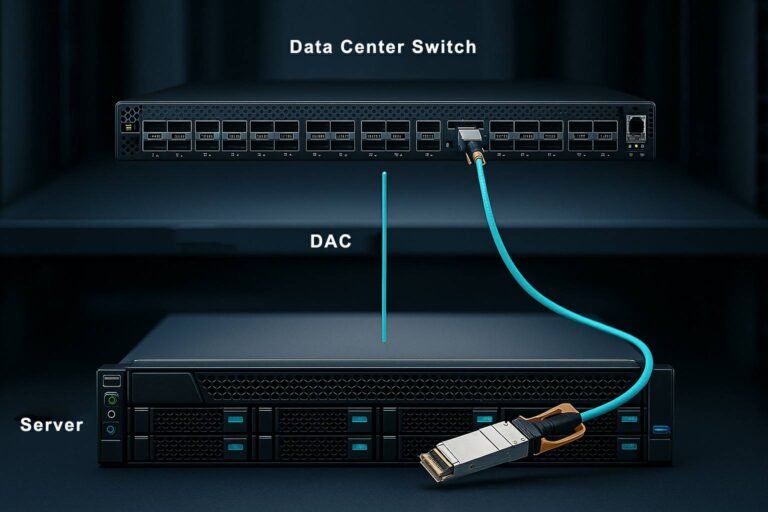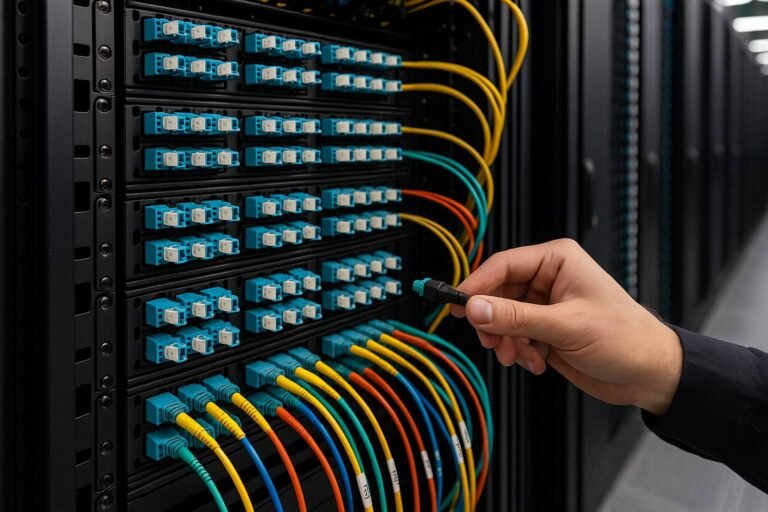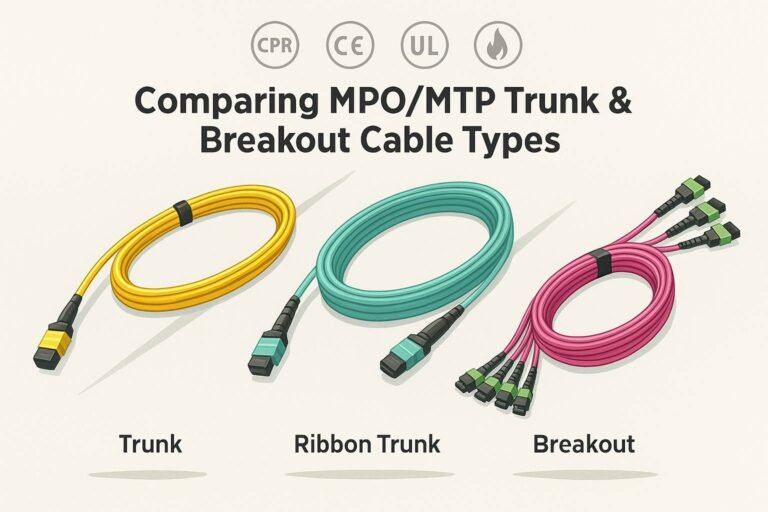How Do OPGW Cables Support 5G Networks?
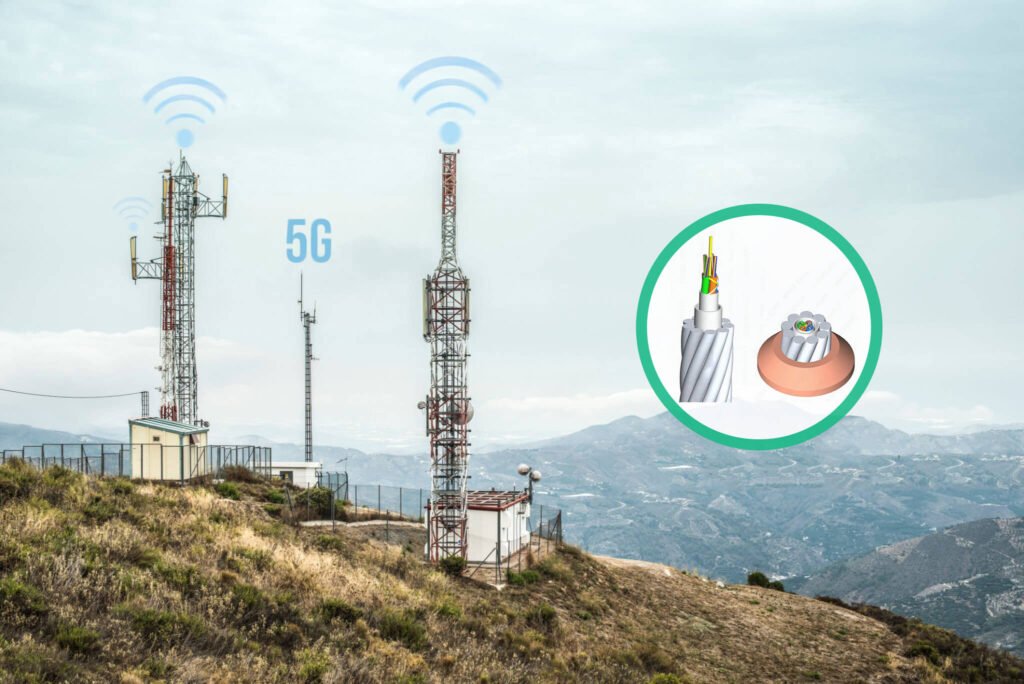
The demand for faster and more reliable communication networks is at an all-time high. As 5G networks[^1] roll out globally, the infrastructure supporting these networks must evolve. OPGW cables[^2] are emerging as a vital component in this transformation, offering unique benefits that address the challenges faced by modern telecommunications.
OPGW cables support 5G networks by providing high bandwidth capacity, low latency, and enhanced security. They are also cost-effective and scalable, making them ideal for the rapid deployment and expansion of 5G infrastructure.
Imagine a world where high-speed internet is accessible in even the remotest areas, enabling seamless communication and fostering innovation. OPGW cables make this possible by integrating robust design with advanced technology, ensuring 5G networks are both resilient and efficient.
Why Is High Bandwidth Capacity Important for 5G Networks?
High bandwidth capacity is a cornerstone of 5G networks, enabling them to support high-speed data transmission and a vast number of connected devices. OPGW cables, equipped with optical fibers[^3], significantly surpass traditional cables in bandwidth capacity. This capability is essential for delivering the high-speed connectivity that 5G promises.
OPGW cables provide high bandwidth by incorporating optical fibers that support rapid data transmission, essential for the high speeds required by 5G networks. This capacity allows for the efficient handling of large volumes of data and numerous connected devices.
The integration of optical fibers in OPGW cables allows for unprecedented data throughput. This is crucial for applications like streaming, online gaming, and IoT devices[^4], which demand consistent and rapid data transfer. By supporting higher bandwidth, OPGW cables ensure that 5G networks can accommodate future technological advancements.
How Do OPGW Cables Ensure Low Latency?
Low latency[^5] is critical for applications requiring real-time data exchange, such as remote medical procedures and autonomous vehicles. OPGW cables offer low latency, ensuring minimal delay in data transmission, which is crucial for the reliability of time-sensitive applications.
OPGW cables ensure low latency by minimizing the delay in data transmission, making them reliable for real-time applications. This characteristic is vital for 5G networks supporting technologies that require instantaneous data exchange.
The low latency offered by OPGW cables is achieved through their advanced design, which reduces signal degradation and transmission delays. This enables 5G networks to perform at their best, supporting applications where milliseconds matter, such as financial transactions and emergency response systems.
How Do OPGW Cables Resist Environmental Factors?
Telecommunications infrastructure must withstand various environmental conditions to ensure network reliability. OPGW cables are designed to endure harsh weather, including high winds, rain, and lightning, providing a stable connection even in challenging environments.
OPGW cables resist environmental factors through robust construction that protects against weather-related disruptions. This resilience ensures consistent network performance, crucial for maintaining reliable 5G connectivity.
The durability of OPGW cables makes them suitable for deployment in diverse geographical locations. Their resistance to environmental stressors ensures that 5G networks remain operational during adverse conditions, preventing service interruptions and maintaining communication continuity.
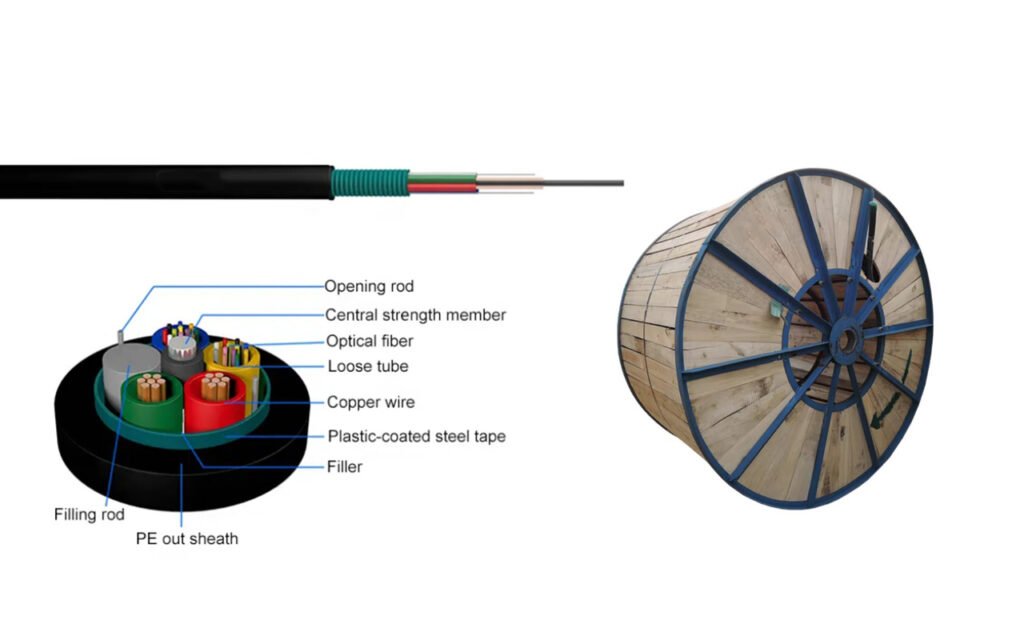
What Security Features Do OPGW Cables Offer?
As 5G networks connect more devices, the risk of cyber threats increases. OPGW cables offer enhanced security features[^6], including encryption and secure data transmission, protecting networks from potential breaches and ensuring data integrity.
OPGW cables enhance security through features like encryption, safeguarding data transmission against cyber threats. This protection is vital for maintaining the integrity and confidentiality of 5G network communications.
Enhanced security is a critical consideration for 5G networks, which support sensitive applications across various sectors. OPGW cables provide a secure communication channel, protecting against unauthorized access and ensuring that data transmitted over the network remains confidential.
How Are OPGW Cables Cost-Effective?
While the initial installation cost of OPGW cables might be higher, their long-term benefits outweigh these expenses. They require less maintenance and have a longer lifespan, making them a cost-effective solution for 5G network infrastructure.
OPGW cables are cost-effective due to their durability and low maintenance requirements, offering long-term savings despite higher initial installation costs. This makes them an economical choice for 5G network deployment.
The cost-effectiveness of OPGW cables comes from their dual functionality[^7] and reduced maintenance needs. By acting as both ground wires and data carriers, they eliminate the need for separate infrastructure, reducing overall costs associated with 5G network development.
Why Is Dual Functionality of OPGW Cables Beneficial?
OPGW cables serve a dual purpose: they protect power lines from lightning strikes and fault currents while carrying optical fibers for data communication. This dual functionality saves space and resources, making OPGW cables a practical choice for 5G networks.
OPGW cables offer dual functionality by integrating grounding and data transmission capabilities, saving space and resources. This efficiency is advantageous for 5G networks, reducing infrastructure needs and costs.
The integration of grounding and data transmission functions in OPGW cables streamlines infrastructure development. This dual role not only conserves physical space but also simplifies maintenance and operational processes, enhancing the efficiency of 5G network deployment.
How Are OPGW Cables Efficiently Deployed?
Efficient deployment of telecommunications infrastructure is crucial, especially in remote or rural areas. OPGW cables can be installed over existing utility poles, minimizing environmental disruption and reducing the need for additional infrastructure.
OPGW cables are efficiently deployed by utilizing existing utility structures, reducing environmental impact and infrastructure costs. This method facilitates rapid 5G network expansion, especially in challenging terrains.
The ability to deploy OPGW cables using existing utility poles accelerates the rollout of 5G networks. This approach not only minimizes the environmental footprint but also reduces the time and cost associated with laying new infrastructure, enabling quicker access to high-speed connectivity.
How Do OPGW Cables Facilitate Scalability?
Scalability is essential for accommodating the growing demands of 5G networks. Aerial OPGW cables offer scalability by allowing quick and efficient expansion of network coverage, particularly in areas where traditional copper cables fall short.
OPGW cables facilitate scalability by allowing for easy network expansion, essential for meeting the increasing demand for fiber optic connections in 5G networks. This adaptability supports the dynamic nature of telecommunications needs.
The scalability of OPGW cables ensures that 5G networks can grow in response to technological advancements and increased user demand. This flexibility is crucial for maintaining competitive service offerings and adapting to future communication needs.
Conclusion
In summary, OPGW cables are instrumental in supporting 5G networks due to their high bandwidth capacity, low latency, resistance to environmental factors, enhanced security, cost-effectiveness, dual functionality, efficient deployment, and scalability. These multifaceted benefits make them an ideal choice for modern telecommunications infrastructure, ensuring robust and reliable 5G connectivity. By integrating advanced technology with practical design, OPGW cables help overcome the challenges faced by 5G networks, paving the way for a more connected and innovative future.
[1]: Provides foundational knowledge about how 5G networks function and why they are important, which helps readers understand the context in which OPGW cables operate.
[2]: Offers background information on what OPGW cables are, their structure, and primary purposes, allowing readers to better grasp their application in 5G networks.
[3]: Details about the use of optical fibers within OPGW cables and their advantages for bandwidth capacity, helping the reader appreciate the technology's efficiency in data handling.
[4]: Highlights how 5G networks and IoT devices work together, emphasizing the role of OPGW cables in supporting these connections through efficient data transmission.
[5]: Explains why low latency is crucial for 5G networks, particularly for time-sensitive applications, showcasing OPGW cables' effectiveness in minimizing delays.
[6]: Explores the security aspects of OPGW cables and how they safeguard data, valuable for readers concerned about network integrity and confidentiality.
[7]: Clarifies the dual role of OPGW cables in serving as both ground wires and data carriers, increasing understanding of their cost-effectiveness and multifunctional benefits.

